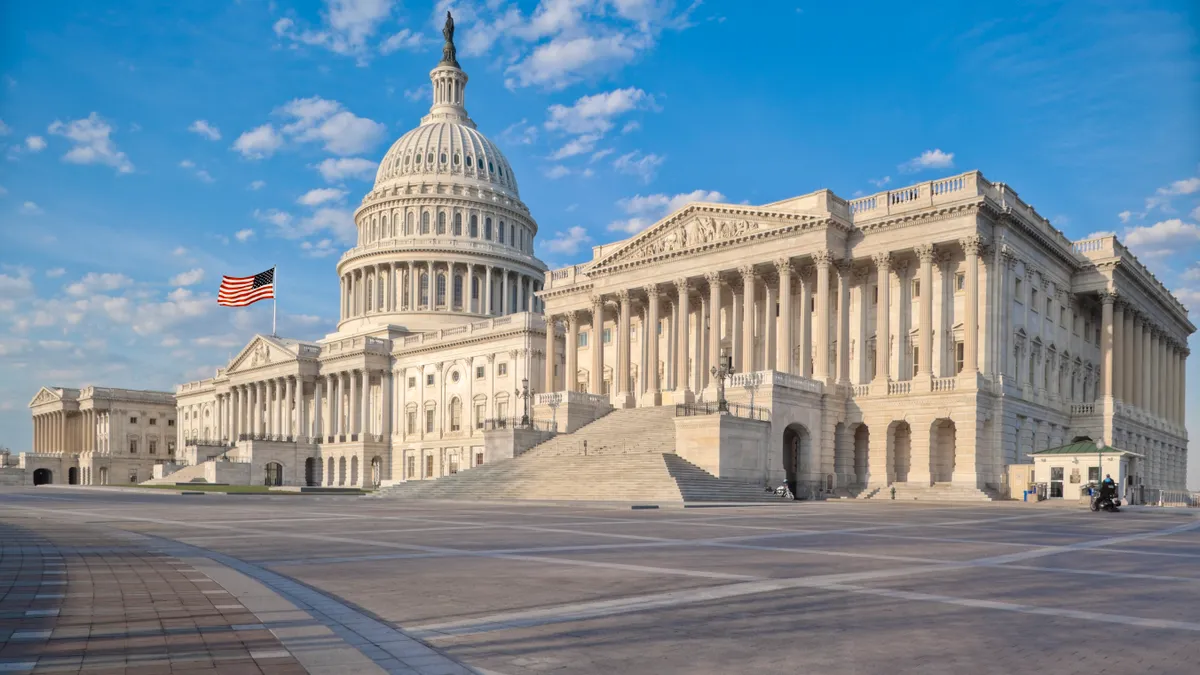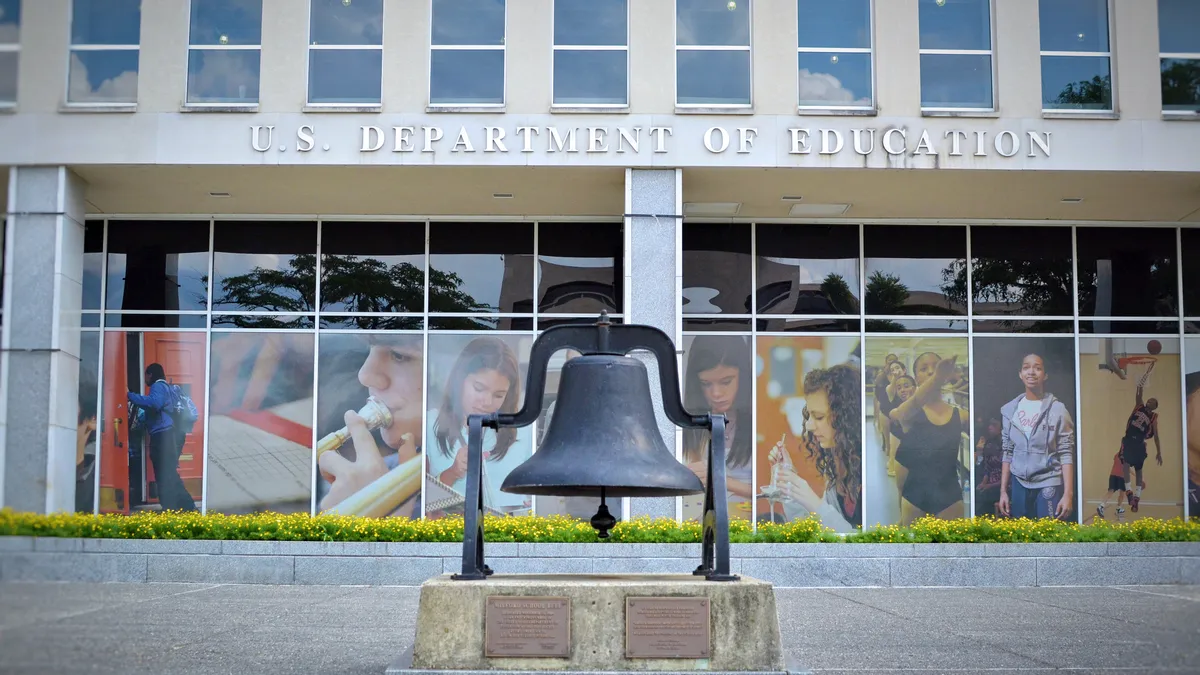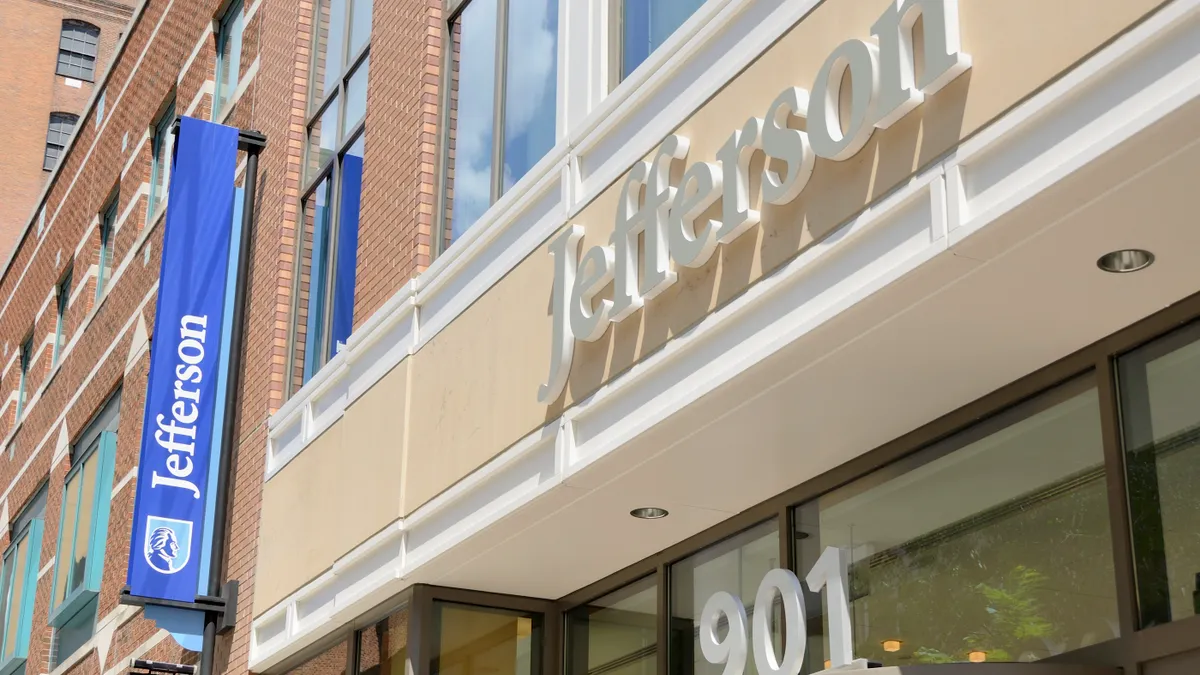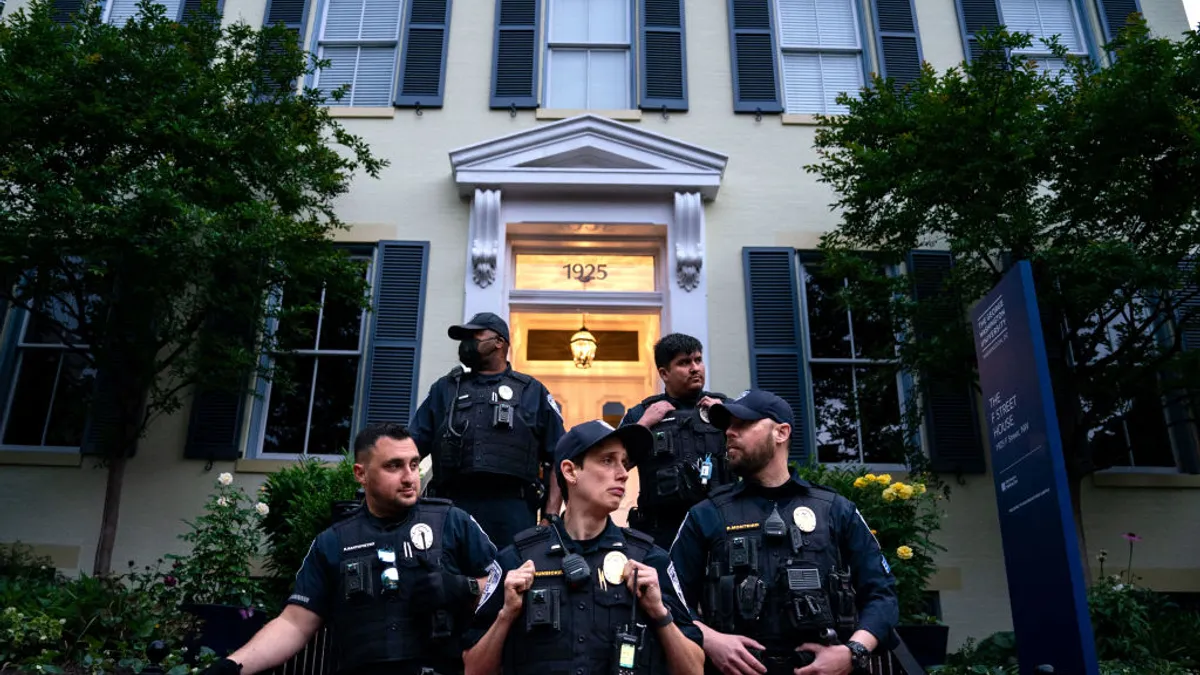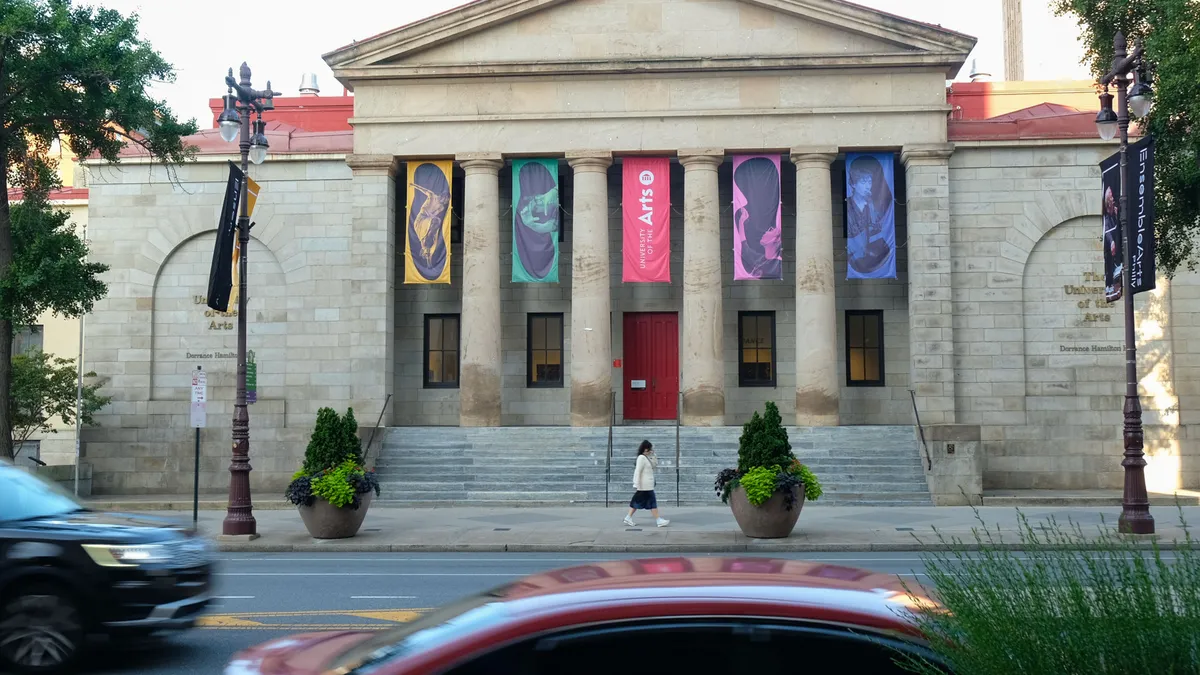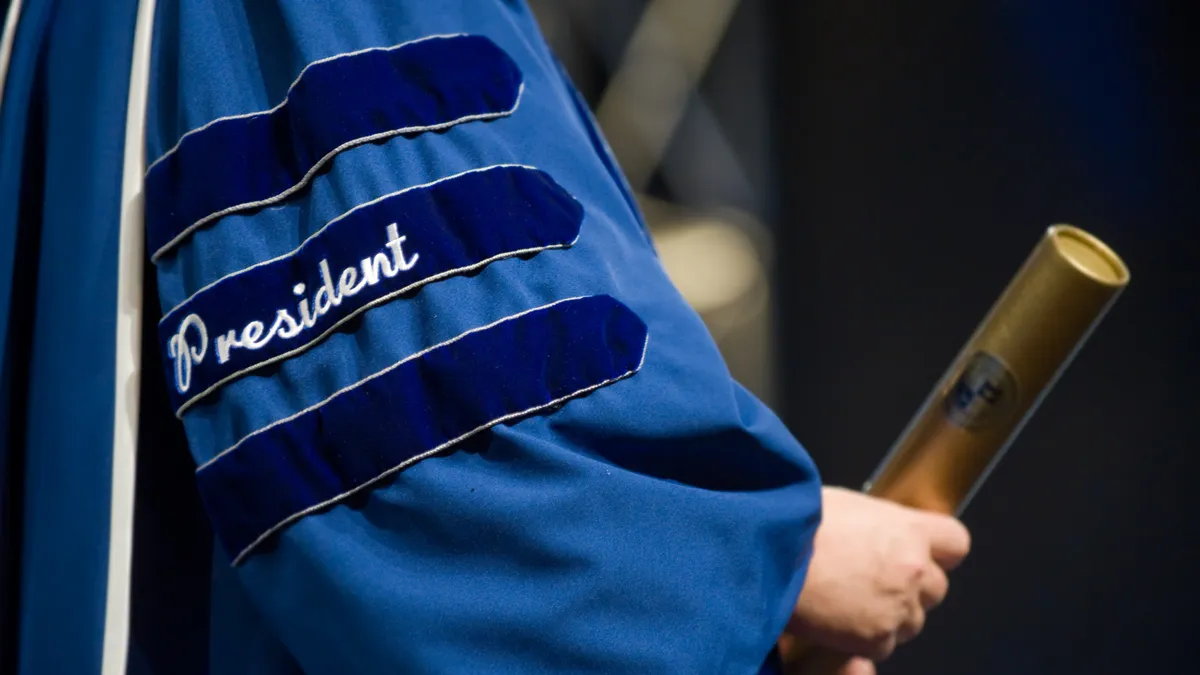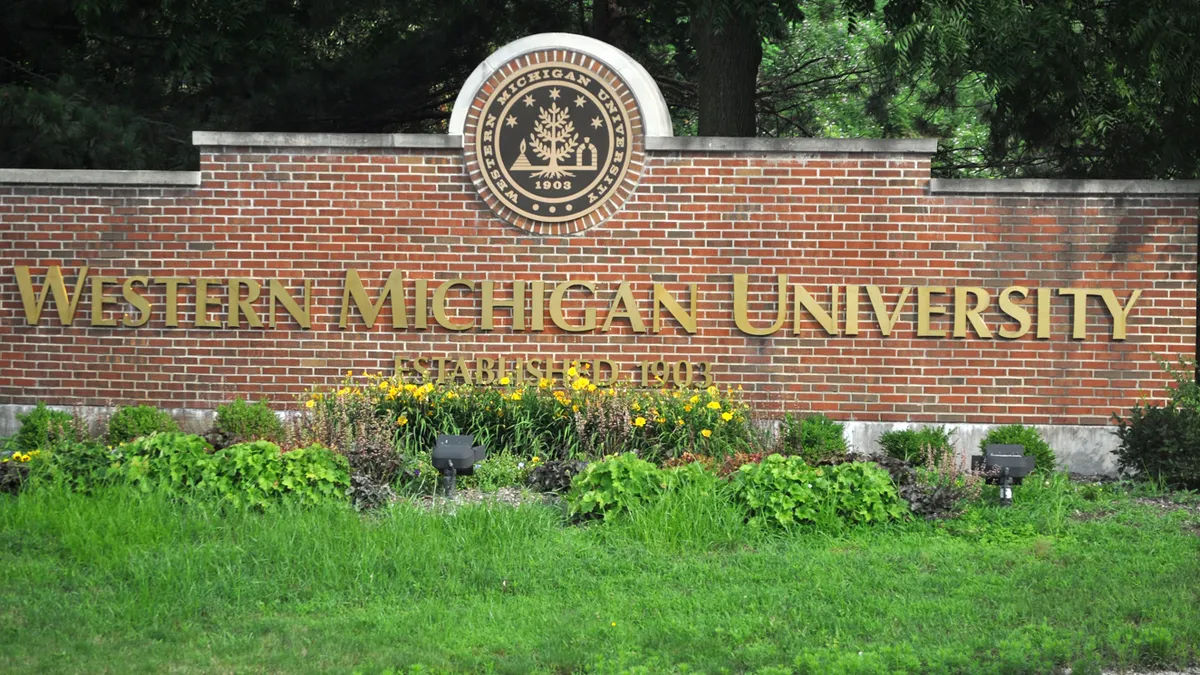Teik Lim is the president of New Jersey Institute of Technology, a public polytechnic university.
In 2021, New Jersey Institute of Technology worked with government agencies to establish a mass COVID-19 vaccination center, delivering 221,450 vaccinations over three months to the surrounding community.
At its peak, it provided more than 6,700 shots in a single day. The joint effort was a huge success, and more broadly, was a testament to what effective university-government collaboration can accomplish.
This example — in this case, a joint effort involving the Federal Emergency Management Agency — shows what higher education can achieve in times of crisis through government partnerships.
But these relationships shouldn’t be reserved for emergencies. Colleges can work with government agencies to rise to the nation’s coming challenges, including issues ranging from community health to educational access.
Take environmental pollution. Large research institutions, in particular, have the necessary resources to assess specific risks — from identifying the origins of pollutants to measuring the toxicity of hazardous chemicals.
For example, the U.S. is estimated to have more than 450,000 brownfields — abandoned or underused properties due to potential contamination. These commercial and industrial sites can be costly and difficult to redevelop. As a result, they are left unused for decades. If communities could clean up, redevelop and reinvest in brownfield sites, they could unlock new possibilities to use the land and revitalize neighborhoods.
To address these concerns, New Jersey Institute of Technology partnered with the state’s economic development authority to establish the NJ Brownfields Assistance Center.
Led by our university, a team of industry and faculty experts in urban planning, environmental science, engineering, and social science provides the tools and resources necessary to redevelop brownfield sites. Recognizing the reclamation of brownfields as a path to environmental and social justice, the center exists to provide free and focused assistance to any New Jersey municipality, county government and nonprofit with brownfield projects.
As a result, more New Jersey communities have been able to use these lands for multiple purposes, including managing floodwaters, increasing affordable housing options and facilitating job growth.
Universities should also examine how efforts can extend beyond community health. The pandemic’s devastating impact on employment and education will be felt for years to come, lending a greater urgency for universities to develop strong regional-level partnerships to spur recovery in these areas — including the upskilling and reskilling education for underserved and underrepresented students.
Universities must look to strengthen their partnerships with local primary and secondary schools to help students prepare for and enroll in higher education. Through partnerships with neighboring schools and communities, New Jersey Institute of Technology is doubling down on ongoing efforts to encourage Newark students to pursue interests in STEM and entrepreneurship.
One of them, the Math Success Initiative, partners our university with Newark Public Schools to provide instruction to rising 12th-graders and professional development to mathematics-certified teachers in the district.
Another one, the federally backed Forensic Science Initiative, was designed to foster student interest in STEM careers by introducing them to forensic science. The pre-college program welcomed its first class in the summer of 2022, and in the following fall semester, the university received 245 forensic science applications — a nearly 40% increase from 179 applications in 2021.
To successfully cultivate long-term relationships and empower future generations of students, universities must undertake creative ways to inspire and help communities meet the fast-moving pace of technology.
During unprecedented times, external partnerships with governments and communities have broadened the possibilities of how higher education institutions can positively impact the economy and health of their surrounding communities. The pandemic has taught us that by using university resources, government capabilities and meeting community needs, we are at an opportune time to achieve a greater common good for all.


